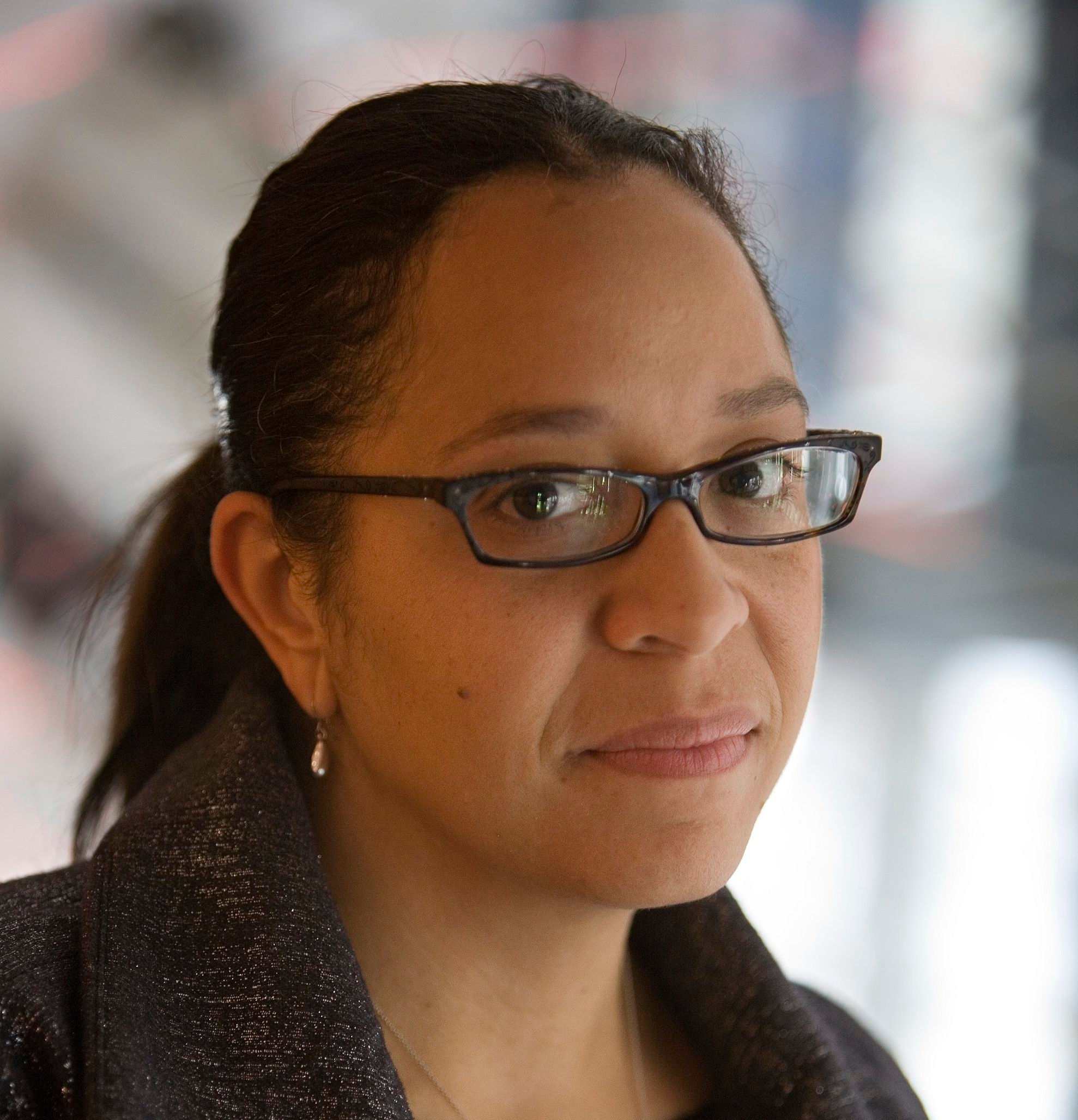
From fabricators to mummy conservators to private collection managers, the art world is full of fascinating jobs you may not have realized even existed. In artnet News’s column “My Art Job,” we delve into these enviable art-world occupations, asking insiders to share their career path and advice for others who wish to follow in their footsteps.
This week, we spoke with Sandra Jackson-Dumont, the chairman of education of the Metropolitan Museum of Art in New York.
Education: Both of my degrees are in art history—I started out as a biology major at Sonoma State University in California before switching to art history. I went to graduate school and got my masters at Howard University in Washington, DC, and then I did a fellowship in the Independent Study Program at the Whitney in New York.
How I got the job I have now: A search firm contacted me! I initially said I wasn’t interested. I just didn’t think I would be a good fit for the institution. But several months passed and I got another call.… That’s when I started considering it.
How I got my start: When I was in undergrad, I came to New York on the national student exchange program and had an internship at the Studio Museum in Harlem. It was then that I realized that I wanted to change my major to art history. I went back to my campus and I ran an art gallery, the Intercultural Cultural Center Gallery, based on what I had learned. My first full time job was at the Whitney. Connie Wolf hired me to run something called the Youth Insights program, which is now almost 20 years old.
My most influential mentor: I can’t say just one. I feel very blessed to have had amazing mentors, including Deborah Willis, Connie Wolf, Thelma Golden, Lowery Stokes Sims, and Lorna Simpson, to name a few.
Records at the Record Store, part of Theaster Gates’s exhibition at the Seattle Art Museum. Courtesy of the Seattle Art Museum/photographer Madeline Moy.
My most memorable project: It’s hard for me to choose a baby, I would say curating “Theaster Gates: Listening Room” at the Seattle Art Museum, where I was a curator of Modern and contemporary art. When I did studio visit with him, I discovered Theaster had an amazing record collection. He had bought the entire remaining vinyl stock at a record store on the south side of Chicago, Dr. Wax, that was going out of business. It was a musical archive.
I said, “we should do something with that,” and he created The Listening Room. We would invite DJs to play every month, all day.
We also took over a storefront outside of the museum. It was a record store where nothing was for sale, but anyone could come in and listen to music. We had dance parties, poetry readings, and it became a community hub. It ended up attracting people who wouldn’t normally come to the museum, and started all these incredible conversations.
On wearing multiple hats: I talk about our work in education as something that is about curating experiences. When most people think about education, they think, “they play with kids.” It’s so much broader than that. I have an ecosystem of practice. I oversee lectures and live performances and gallery programs and teen programs and family programs. We have a dementia program, and programming for people who have vision loss or hearing loss, or who are on the spectrum in terms of their learning—and I’m just scratching the surface!
What I actually do all day: Lots of meetings. I spend most of my day across from other people. It could be a conversation about strategies for addressing issues of equity, diversity, and inclusion. Or it could be working on the programming for five or six exhibitions. I meet with everyone from high-school interns to our international conservation program with India—all these things happened today, by the way.
Percentage of the day I spend sending emails: I could spend all day every day answering emails, and then some. I think there needs to be a higher level of email etiquette. It’s hard because I spend 90 percent of my time in front of people, not sitting at my desk. I feel like such a failure when it comes to emails!
Advice for those who want my job: I would suggest you discover how expansive museum education is. Because our field is so vast, I often think we need to expand how we talk about education at museums—people think of it as very staid, but when you think of the things you most enjoy at a museum, someone in education and public programs probably helped develop it.
One thing I wish I could tell my 22-year-old self: Be fearless!